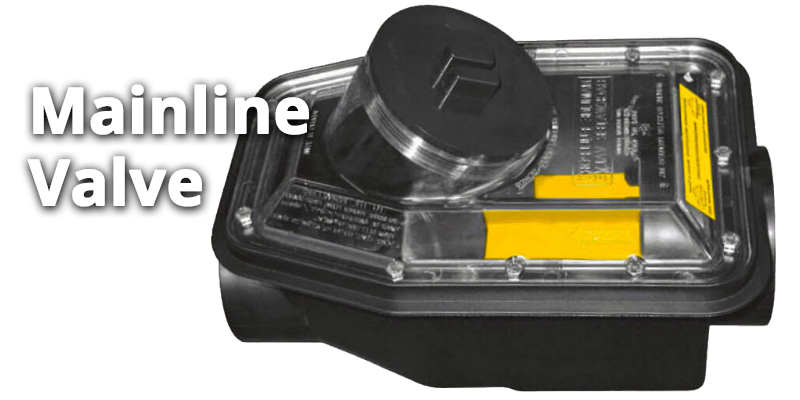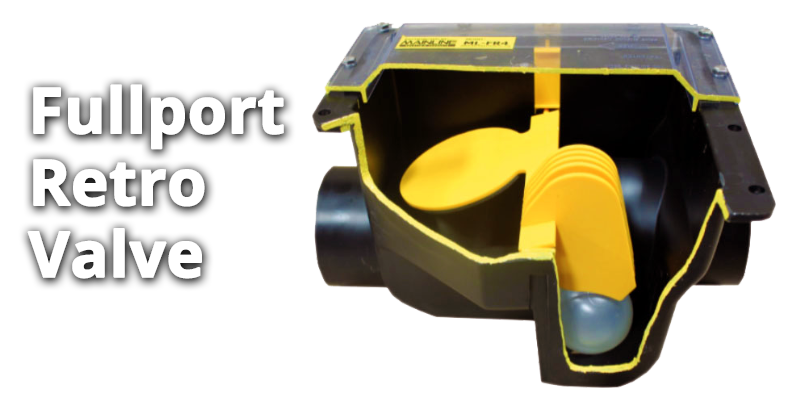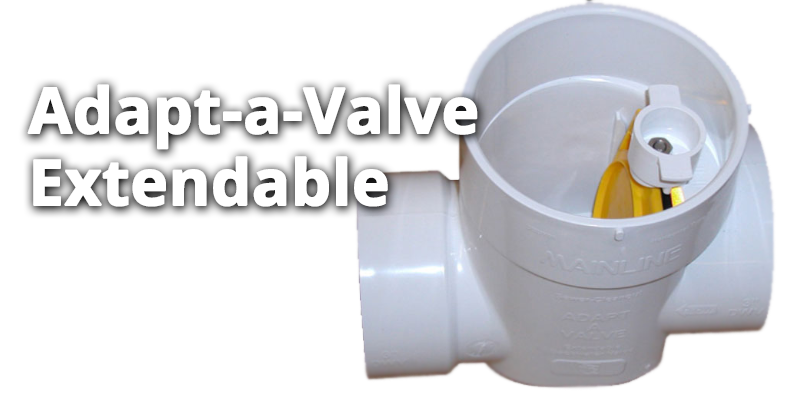All the waste water from your sinks and toilets exit through your home’s main sewer line to the municipal system. If a heavy rain or flood event should overwhelm the municipal drainage system, sewage water may reverse direction and enter your basement through the main sewer line. A backwater valve is a one-way, free-floating door that works with the weight of sewage water travelling out of the home. When water flowing through the sewage line reverses direction, the door closes and seals, preventing sewage water from entering your basement.
If you do not have a backwater valve installed, then there is nothing preventing sewage water from entering the basement through the main sewer line. Learn more about Backwater Valves. In the event of a sewage backup, your home has no protection. And although the Insurance Bureau of Canada endorses the installation of a backwater valve “as a valuable mitigation technique,” the valve itself is useless if not maintained at regular intervals.
Maintenance of Backwater Valves
The maintenance of a backwater valve is crucial. It will protect your home from a sewer backup but will also ensure that your insurance policy remains valid.
Often, homeowners feel that having an insurance policy is sufficient protection. However, in the event of a sewer backup, the insurance assessor will check the condition of your backwater valve, and if it is found to be clogged up with debris and does not work properly due to a lack of cleaning and maintenance, this may in fact void your claim totally. In fact, most valves will come with recommended maintenance instructions from the manufacturer. So, ignoring that maintenance instruction places you at the same risk as not having a backwater valve at all.
How and Why Backwater Valves Can Fail
Failures of Backwater Valves are not due to manufacturer defects, they are usually a result of either improper maintenance or neglect by the homeowner. Here are a few examples:
- Debris build-up in the valve causing lift gate to stick
- Damage to valve itself caused during installation
- Improper Installation or Grading of the Valve
- Damaged by a plumber not knowing the valve is there
According to the manager of a municipal backwater valve subsidy program in one large Canadian city, the staffer was called to the home of a woman who reported that although she had a backwater valve in place, her home still experienced sewer backup during a heavy rainfall event. Upon inspection of the valve, the gate was found to be stuck in the open position as the result of years of pouring cooking fat down the kitchen sink. The coagulated grease built up in the valve, preventing the gate from properly opening and closing. The story illustrates the importance of conducting regular inspections and maintenance of backwater valves – and of not disposing fats, oil and grease, fecal matter, chemicals, kitty litter, disposable wipes, etc…down drains
How it Works
- Normal water flow from your home to the sewer system
- Gate shuts to block sewage back flow from Sewer system
(mouse over to animate graphic)
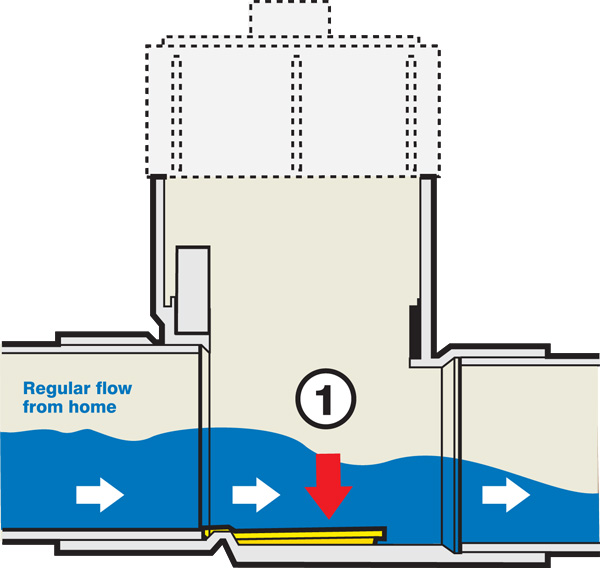
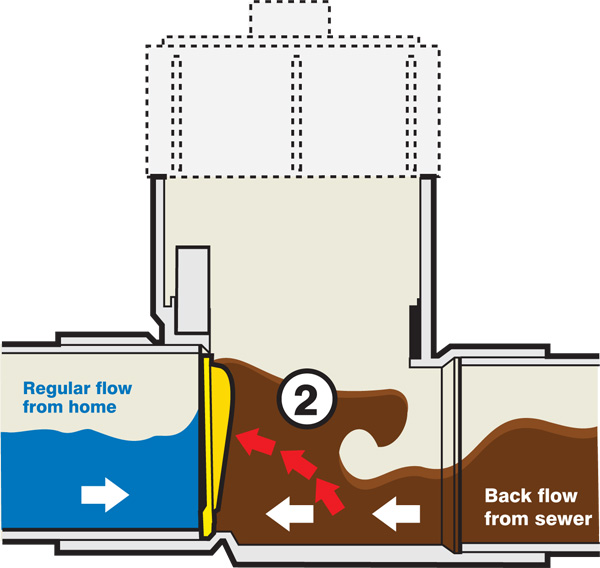
*Some models may differ in design
Do You Have a Backwater Valve?
Call Us Today We Can Help.
1.866-807-4954
Backwater Valve Installation
Installation of a backwater valve is arguably the single best thing you can do as a homeowner to potentially prevent a disastrous flood in your home. A well-functioning backwater valve will prevent contaminated municipal sewer water from entering your home. But, like any continuously operating mechanical device (especially one that operates in a dirty aqueous environment), it is likely to suffer a buildup of waste material and debris that will seriously hamper its functioning. It requires regular maintenance.
A regular maintenance program is essential to keep your backwater valve functioning properly in the event of a sewage backup, and may also help your bottom line. An inspection certificate from a qualified company may possibly qualify you for a reduction in insurance premiums, check with your insurance company.
Backwater Valve Installation
What should you expect from a backwater valve maintenance program?
A reputable company that services backwater valves should be able to offer:
- Cleaning and inspection of your backwater valve a minimum of twice per year
- Inspection of all O ring seals to ensure proper sealing of the valve
- Test inspection of your sump pump (when present) and back up battery inspection, and test for carbon monoxide to ensure proper function
- A thorough inspection of your foundation to assess for leaks and moisture saturation
- Inspection of all eaves trough and downspouts for proper drainage
When finished, Backwater Solutions Canada will supply you with an inspection certificate or report verifying that your backwater valve has been cleaned and is in good working order. That’s important to your insurance carrier. If you are the victim of a flood and it is revealed that you had a backwater valve that was clogged as a result of inadequate maintenance, you may be exempt from coverage.


